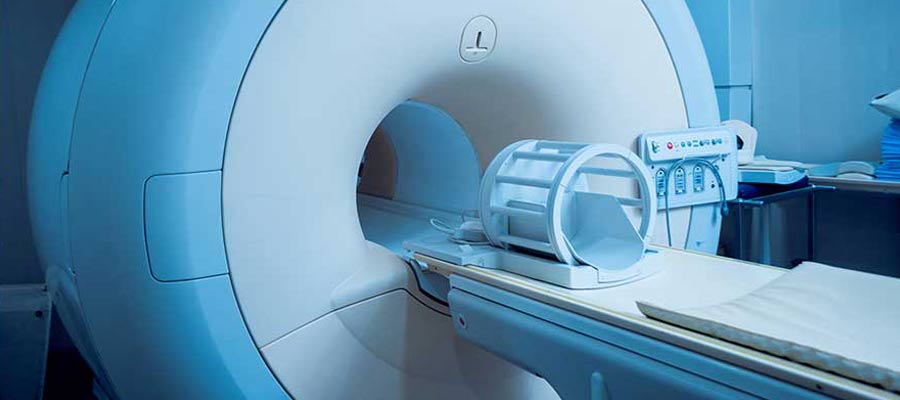Radiology Tech Programs in Aloha OR
If you‘re searching the internet to get more info on Radiology Tech Programs Aloha OR, you are at the right place. Pulse Radiology Education is the #1 option for those looking to become an MRI or CT Sepcialist. Our Online MRI, CT, and Mammography Structured Education courses is the quality of training employers want for today…
MRI Training in Aloha OR
There are 100 reasons why individuals should take into consideration employment in the healthcare industry. One big misconception about employment in the medical industry is the need to see blood. The truth is that less than nine percent of people employed in the healthcare industry do that! Anybody searching for a high-paying job in the medical industry and don’t want to deal with blood should consider becoming an CT technologist in Aloha OR. And when it comes to CT courses online in Aloha OR, PulseRadiology.Com is your best option, especially if you’re looking for MRI schools in Aloha OR. Nevertheless before you pick up the phone there are many options you should consider. Here is what you should know about going with MRI technologist as a career of choice.
MRI Tech School in Aloha OR
Have you considered choosing MRI technologist as a career? If you have, then you’ll need to know how to become one, how much they get paid and where they work. Let’s quickly look at those.
How To Become An MRI Technologist – Most techs study to become qualified. The field of study is in radiology or some other related field. After that, they advance their education for another two years, studying towards obtaining an MRI tech certification in Aloha OR before applying for jobs as a Certified MRI Tech in Aloha OR. In most cases, it can take between one and three years in becoming allowed to work as an MRI technologist.
MRI Tech Salary in Aloha OR
Pay – Among the finest things about having a career as an MRI technologist is the compensation. You will have the chance to make decent money. With that said, the median salary for any MRI tech is around $70,000 per year. Be aware that what a technologist will receive is dependent upon various factors. This includes what facility they work in, the metropolis they operate in and the level of experience they have got. The good thing is they are in high demand and the earning potential is nice.
Where Do They Work – MRI technologists in Aloha OR are employed in various settings, including health centers, labs, and doctor’s offices. They also work at diagnostic imaging centers, and mobile radiology units. These are only a few samples of where they work. Also, they can be found in many cities, towns, and regions across the nation. In most cases, they are eligible to be employed in other countries too. If you become an MRI tech, then you’ll possess a skill which will always be in high demand, which permits you to widen your chances of acquiring a job.
When it comes to chosing MRI technologist for a career, you do have a quantity of paths you can take. As you can tell, they receive money decent money. Additionally they function in various settings. Remember that if you or any of your coworkers are looking for CT tech education in Aloha OR, consider Pulse Radiology Education. Especially if you’re looking for MRI courses in Aloha OR. We offer a wide range of options for financial assistance and flexible online classes. If you still need more information, we ask that you call us at (646) 948-1500 or take a look our MRI training blog.



